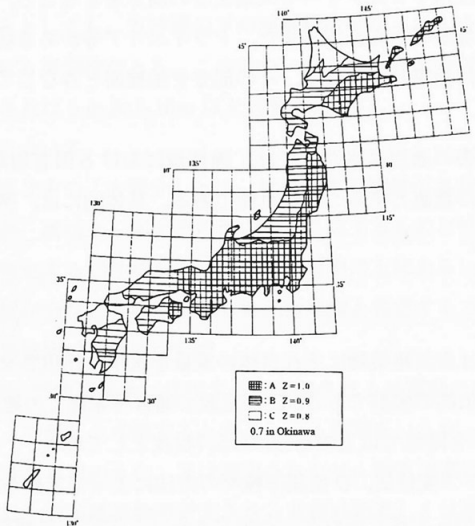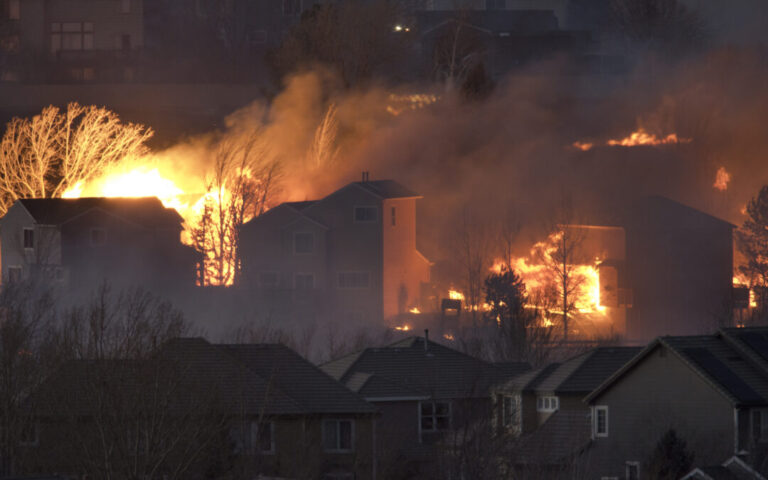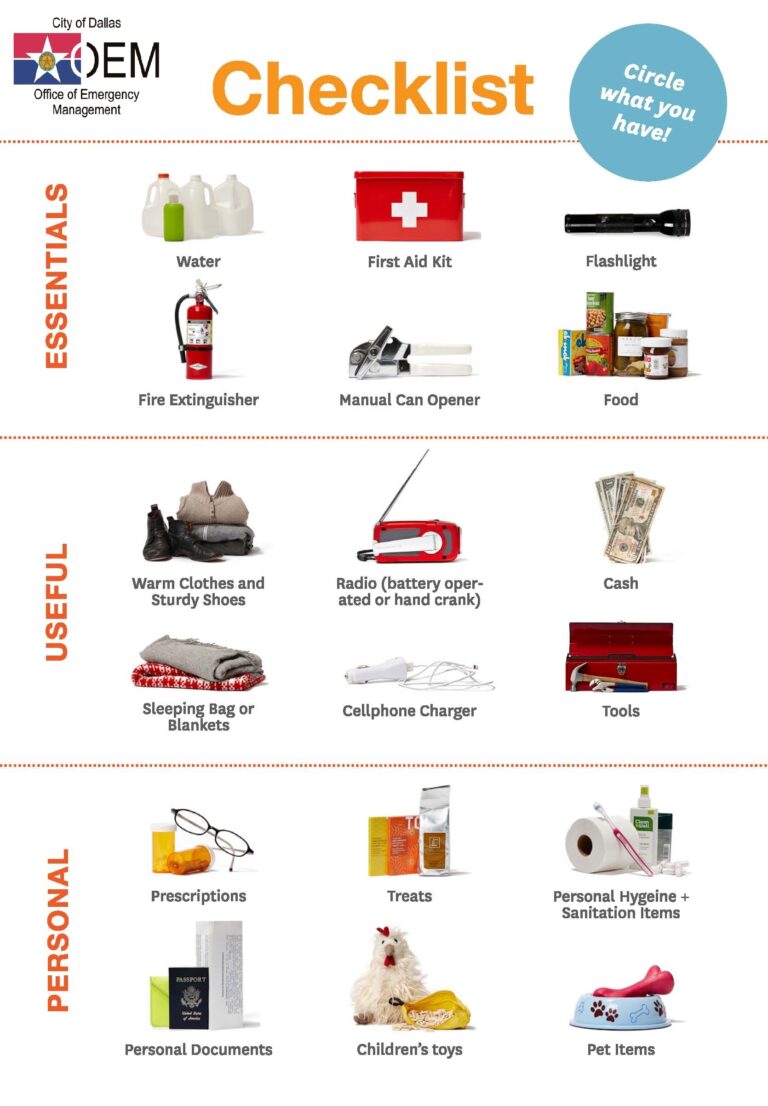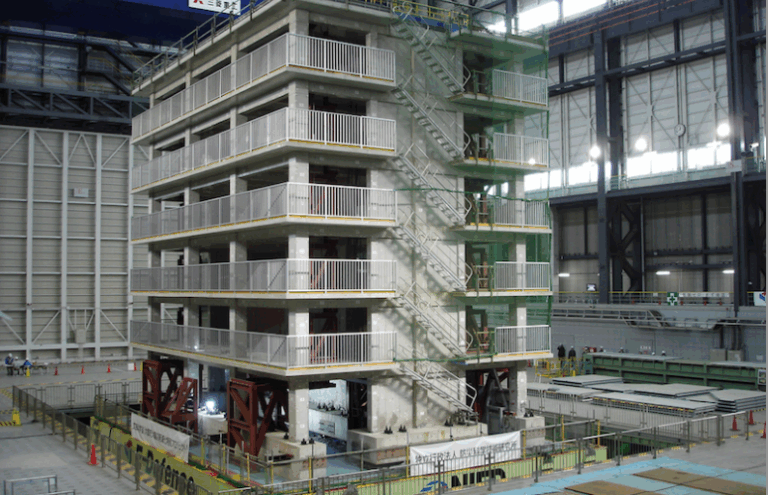Japan Seismic Building Codes
Japan has some of the world’s most advanced and rigorous seismic building codes, developed in response to the country’s high vulnerability to earthquakes. Here’s a breakdown of how Japan’s seismic building codes work:
🏗️ Overview of Japan’s Seismic Building Codes
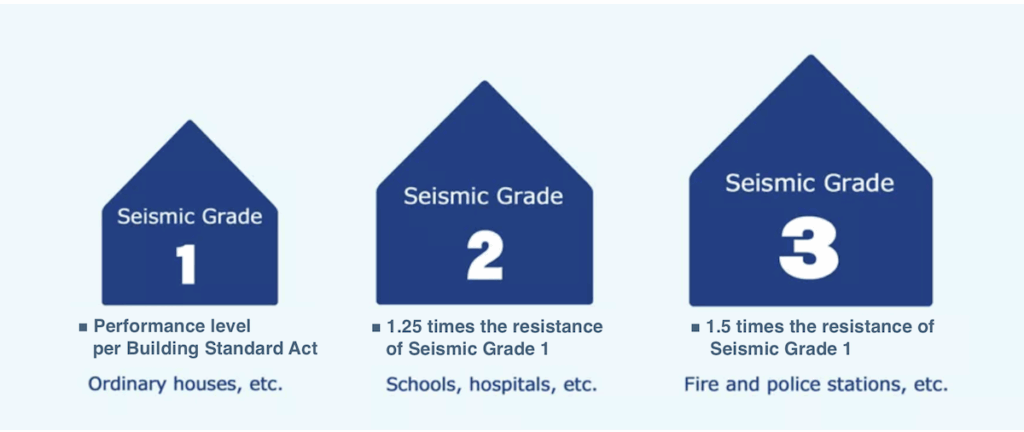
1. History and Evolution

- 1924: First seismic building code enacted after the 1923 Great Kanto Earthquake.
- 1981 (New Seismic Design Code): Major revision following increased seismic knowledge. Structures built after 1981 are considered to meet “shin-taishin” (new seismic standard).
- 1995 Kobe Earthquake: Revealed weaknesses in pre-1981 buildings, led to further reforms.
- 2000 Building Standards Act Revision: Made seismic design more performance-based and stricter.
📐 Key Principles of Seismic Design in Japan
A. Seismic Resistance Categories
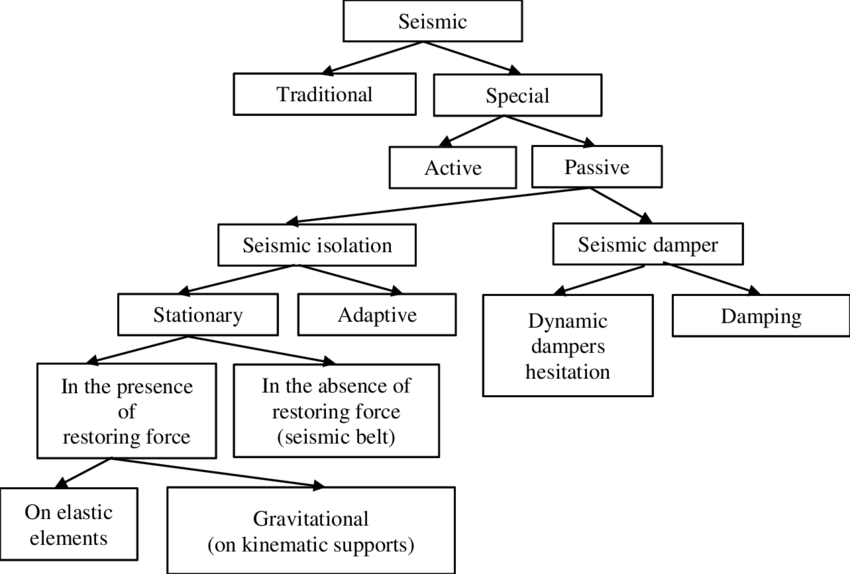
- Taishin (耐震) – Earthquake resistance (basic requirement).
- Seishin (制震) – Vibration control (adds dampers to reduce shaking).
- Menshin (免震) – Base isolation (building “floats” on bearings to absorb shocks).
B. Design Philosophy

- Life Safety First: Buildings must prevent collapse to save lives, even if damaged.
- Performance-Based Design: Especially for large or special-use buildings.
- Zoning: Regional seismic hazard maps inform risk-specific requirements.
🧱 Technical Aspects
- Load Calculation: Incorporates seismic intensity, soil type, building height, and mass distribution.
- Building Shape: Simpler shapes perform better. Irregular designs require more rigorous checks.
- Structural Materials:
- Reinforced concrete and steel are preferred.
- Wooden houses must meet specific bracing and anchoring rules.
- Foundation Requirements:
- Deep foundations or ground improvement in soft soil areas.
🏢 Retrofitting and Compliance
- Pre-1981 Buildings (“Kyu-Taishin”): Subject to inspection and encouraged or required to retrofit.
- Regular Inspections: Especially for public buildings, hospitals, and schools.
- Incentives: Tax breaks and subsidies for seismic upgrades.
📜 Governing Bodies and Codes
- Ministry of Land, Infrastructure, Transport and Tourism (MLIT) – Oversees national standards.
- Building Standard Law of Japan (BSL) – Core legislation.
- Japan Building Disaster Prevention Association (JBDPA) – Issues technical guidelines and seismic assessment manuals.
